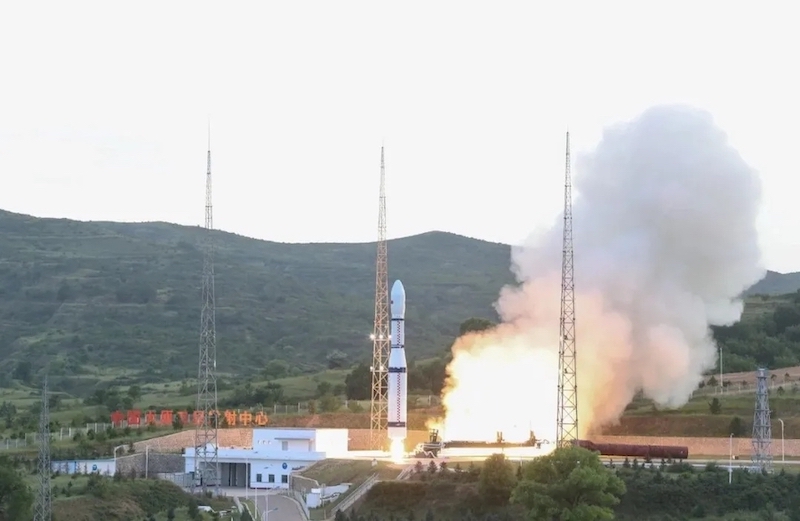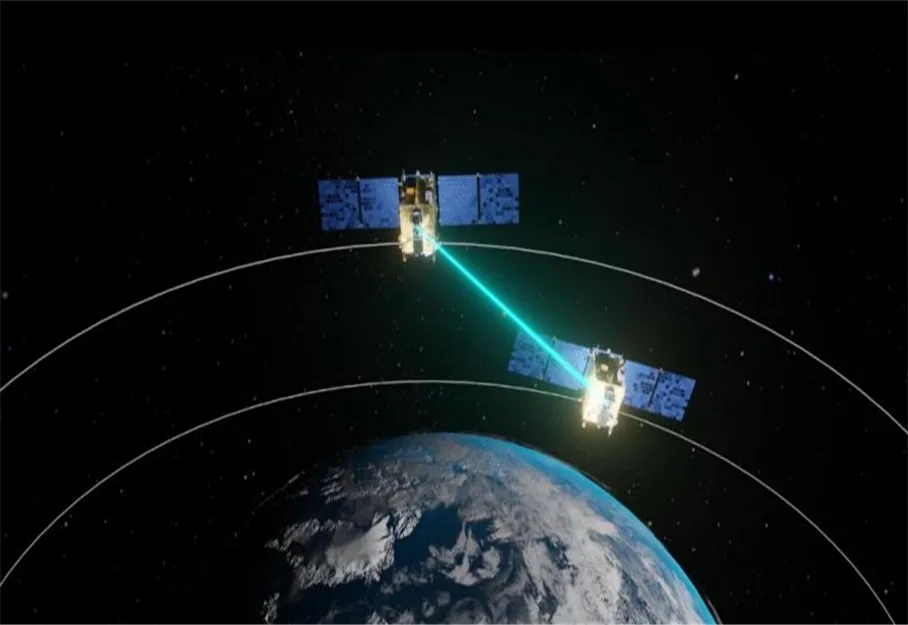
A Chinese rocket successfully launched Wednesday with a pair of small communications satellites reportedly linked to a secretive German company. The Chinese institute that built the satellites said they will test laser communications and electric thruster technologies.
The two satellites lifted off on top of a Long March 6 rocket at 7:01 a.m. EDT (1101 GMT) Wednesday from the Taiyuan launch base in Shanxi province, located in northern China.
The three-stage Long March 6 rocket delivered its two payloads into an orbit approximately 560 miles (900 kilometers) above Earth, at an inclination of 89 degrees to the equator, according to U.S. military tracking data.
Chinese officials declared the launch a success, marking the 27th orbital launch attempt by a Chinese rocket this year. Two of China’s orbital launch attempts this year have failed.
The two satellites aboard the Long March 6 launch were developed by the Shanghai Institute of Microsatellite Innovation, part of the Chinese Academy of Sciences, according to the China Aerospace Science and Technology Corp.
The mission was the second launch with test satellites for a new global multimedia network, the Chinese Academy of Sciences said, without identifying the name of the network.
The orbital inclination, spacecraft manufacturer, and the description of the satellites match a pair of “KL-Alpha” payloads launched in 2019 for KLEO Connect, a Munich-based company which seeks to develop a fleet of 300 small satellites to provide industrial asset tracking and data relay services.
The two technology demonstration satellites launched Wednesday are believed to be the next pair of “KL-Beta” test spacecraft.
KLEO Connect did not respond to a request for confirmation of their role in the mission.
The Chinese Academy of Sciences said the satellites are equipped with laser and Ka-band radio communications payloads, Hall electric thrusters, and inter-satellite links.

The launch Wednesday marked the sixth flight of a Long March 6 rocket since 2015. The Long March 6 is sized to haul a payload of up to 1,100 pounds (500 kilograms) to a sun-synchronous polar orbit a few hundred miles above Earth.
The Long March 6’s first stage is powered by a kerosene-fueled YF-100 main engine, a staged combustion powerplant Chinese engineers have worked on since 2000. The engine generates approximately 120 metric tons, or 264,000 pounds, of thrust. A YF-115 engine provides propulsion for the Long March 6 second stage.
The YF-100 and YF-115 engines are the same new-generation powerplants used on China’s larger Long March 5 and Long March 7 rockets.
Email the author.
Follow Stephen Clark on Twitter: @StephenClark1.
